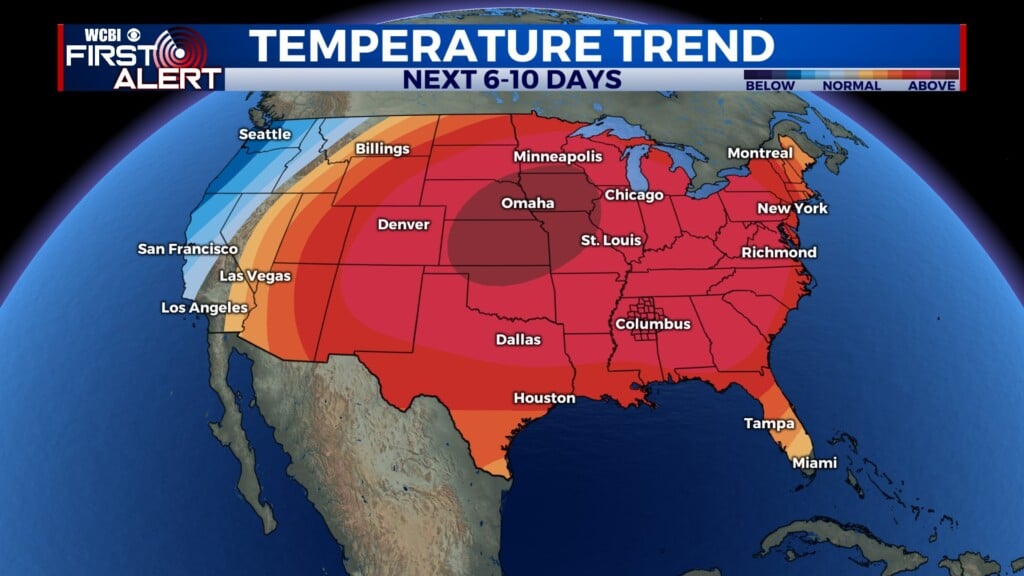Dozens of House Democrats renew call for remote voting over coronavirus
Washington — Representative Katie Porter, an outspoken freshman Democrat from California, is renewing her call to allow remote voting in the House so lawmakers can continue working while avoiding close contact amid the coronavirus outbreak.
“We write to request that you enact a temporary change to House Rules to allow remote voting by Members of the House during national emergencies, especially the current one involving COVID-19,” Porter wrote in the letter to House Rules Committee Chairman Jim McGovern, which was signed by 66 of her colleagues.
The California Democrat’s letter, sent Monday morning, picked up dozens signatures over the weekend in the wake of Sunday’s revelation that Republican Senator Rand Paul of Kentucky tested positive for the coronavirus. Two other senators said they would self-quarantine for 14 days due to their contact with Paul.
Nearly 30 members of the House have had to self-quarantine since the beginning of March, with two representatives having tested positive in the last week.
The uptick in the number of lawmakers going into self-quarantine, coupled with strict stay-at-home orders in states like California, New York, New Jersey and Illinois, mean that more members will not be able to vote on the House floor when the chamber returns to consider a third stimulus package currently being debated in the Senate.
“During such circumstances, requiring Members to vote in person may pose public health risks or even be physically impossible for persons under quarantine,” Porter wrote. “We need to provide a mechanism through which Congress can act during times of crisis without having to assemble in one place.”
Even President Trump endorsed the idea of remote voting during his press conference on Sunday night.
“I would certainly be in favor of voting from an outside location,” Mr. Trump said, noting that it would need to be on a “temporary basis.”
Under the Constitution, the House and Senate both set their own rules for their respective chambers.
McGovern has been tasked by House Speaker Nancy Pelosi with drafting a memo on voting procedures for fellow lawmakers. He has been fielding concerns by members like Porter, who favor remote voting, as well as those from lawmakers with concerns about changing House rules in the middle of a crisis.
“I’m very sympathetic to the concerns of a lot of members. Some of them are stuck in California now under lockdown … I understand all that,” McGovern told CBS News. “But on the other hand there’s also the reality that members are divided on this issue. Not everybody thinks the same. The notion that we could do this without any debate or without any vote — I don’t see that as happening.”
Still, McGovern is working as “expeditiously” as possible to develop guidance to “make sure people understand what the current rules are and the flexibility that currently exists in our House rules.”
His memo will also include options for remote voting, but McGovern warns that the concept is more “complicated” than “going to your laptop and pressing a button.”
“There are other security concerns as well,” he said.
The Rules Committee chairman acknowledged that current circumstances mean some members “won’t be able to make it for some of the votes” this week.
He pointed out that the House does have the ability to pass bills on voice vote or by unanimous consent, which wouldn’t require all members to be present in the chamber. But doing business that way can be tricky. If even one member objects, then the House must vote in person.
In the meantime, the leaders of the Committee on House Administration, which oversees House operations, are discussing plans to enforce social distancing and hygienic precautions when members do cast votes.
GOP Representative Tom Cole of Oklahoma said Democratic Representative Zoe Lofgren of California, the committee’s chairwoman, and Representative Rodney Davis, the ranking member, are discussing ways to make voting on the floor safer for members.
Ideas including “assigning members to specific voting machines, staggering vote times and elongating voting times” are all under discussion as possible solutions to allow members to “come back and vote safely,” Cole said.





Leave a Reply